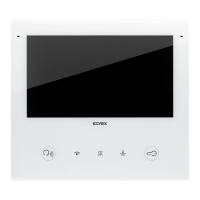
Do you have a question about the Vimar TAB 40517 and is the answer not in the manual?
| Screen | Yes |
|---|---|
| Screen diagonal (inch) | 4.3 |
| Hands free operation | Yes |
| Hearing aid compatible | No |
| Operation via app | No |
| Colour | White |
| Touchscreen | No |
| Camera | Yes |
| Housing Material | Plastic |
| Mounting | Wall-mounted |
| Display | Color |
| Resolution | 480 x 272 |
| Operating Temperature | -5 - 40 °C |
| Compatibility | Vimar systems |
Advice on avoiding screen glare by controlling light exposure.
Details various mounting options for the device and compatible boxes.
Steps for safely removing the device from its mounting.
Identification and purpose of the tamper-proof screw.
Diagram and labels for the front panel of the device.
Details on capacity, type, and file system for microSD cards.
Description of the built-in microphone.
Explanation of white backlit indicator symbols and their meanings.
Audio frequency function for hearing aids (Teleloop).
Diagram identifying front view components and buttons.
Description of default functions assigned to each device button.
Diagram showing the rear view of the device with connection points.
Configuration of BUS power supply and bus termination settings.
Details of the USB Type C connector for PC connection.
Explanation of the BUS POWER switch functionality.
Details on powering the device via BUS, auxiliary, or USB.
Description of the energy saving mode and its behavior.
Diagram and description of terminal block connections.
Detailed explanation of each terminal's purpose and connection.
Wiring diagrams for indoor station setup (entry/exit, terminal).
Diagram for connecting the landing push button.
Details on connecting the input for the alert function.
Wiring for local power supply unit (6923).
Connection variants for the programmable output (Repeat Call).
Details on the default Open Collector output connection.
Output specifications for 12V, 100mA, requires auxiliary power.
First-time startup sequence and automatic configuration wizard.
Procedure for selecting the user interface language.
Guide to selecting the appropriate time zone.
Instructions for manually setting the date and time.
Choosing between primary, secondary, or manual configuration.
Explanation of main, secondary, and manual video entryphone configurations.
Steps for starting the configuration process from the Master outdoor station.
Details on performing manual configuration via device interface.
Confirmation screen displayed upon successful device setup.
Procedure for handling configuration errors and retrying.
Updating firmware via OTA, PC (USB), or microSD card.
Using SaveProg software for advanced device settings.
Statement of compliance with relevant directives and standards.
Important precautions and warnings for user safety.
Guidelines for cleaning and general care of the device.
Information regarding the disposal of Waste Electrical and Electronic Equipment (WEEE).
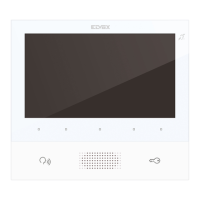
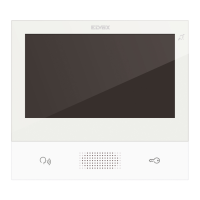
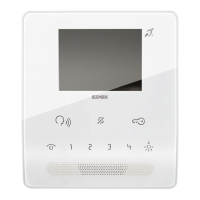
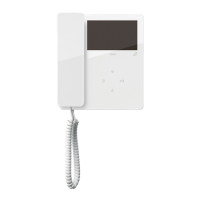
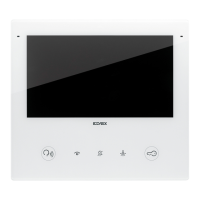
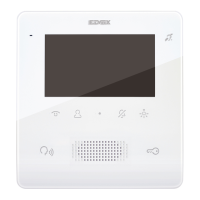
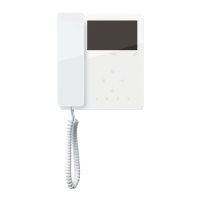
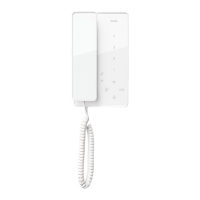
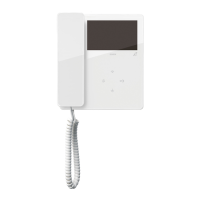
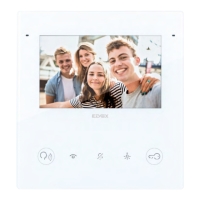
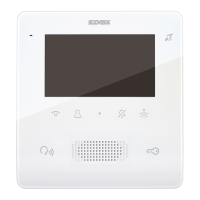
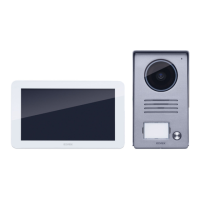
